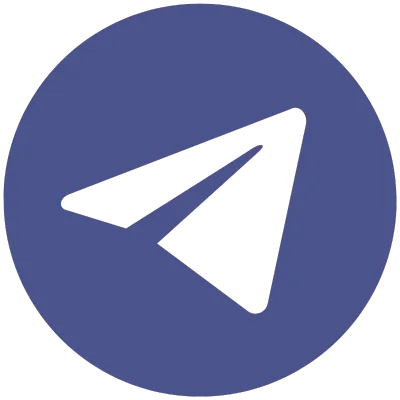How I Scaled an HR System Like a Product – From 15 to 180 Employees

I never expected to transition from product management to human resources. My passion had always been in building digital products—but as our startup began scaling rapidly, the founders asked me to take on the HR role. At the time, the company was growing fast, and they believed that a strong culture and team structure were crucial for long-term success.
Though I had no formal HR experience, I accepted the challenge. Initially, I felt lost and unsure where to begin. But over time—and through plenty of trial and error—I began to see HR not as an administrative function, but as a product to be designed.
Drawing from my product and marketing background, I began treating the company itself as a product. My job became building the internal "infrastructure" that would allow us to consistently attract, hire, and retain top talent—just like acquiring and retaining users. I applied first-principle thinking to design scalable systems that could support our rapid growth, and ensure the organization was set up for long-term health.
Defining the Goal
When I stepped into the HR role, the company was only 15 people, with no formal processes in place. Hiring was chaotic, team structures were unclear, and there were no tools or frameworks for talent acquisition.
The immediate goal was to attract the right candidates—especially engineers—to support our product development roadmap. But we didn't want to fill roles just for the sake of hiring. A poor culture fit or unqualified hire would waste time, strain resources, and impact the entire team's morale.
We needed to:
Clearly define the traits of ideal candidates.
Differentiate our company brand and culture.
Build a funnel to attract, filter, and onboard the right people.

Treating Hiring Like a Product Funnel
1. Product Thinking: Build a Culture People Want to Join
Just like product-market fit, we needed company-candidate fit. We clarified our company's mission, values, and vision—and publicly shared what we stood for. We positioned our culture as a product: something unique, intentional, and attractive to a specific type of talent.
We made this visible through blog posts, job pages, and internal documents, which helped filter in candidates who resonated with our culture—and filter out those who didn't.
2. Marketing Thinking: Maximize the Top of the Funnel
To increase awareness of our open roles, we treated recruitment like a marketing funnel. In addition to posting on job boards, we promoted roles across forums, communities, and social platforms.
We also ran in-house headhunting campaigns—reaching out to ideal candidates directly, introducing our culture, and starting conversations. For every role, we refined job descriptions to be more detailed, benefits-focused, and humanized—designed to increase interest and drive applications.
3. Define Talent Standards and Selection Criteria
We weren't just hiring for skills—we were hiring for alignment. We created internal documentation to define what a "great hire" looked like. Then, we developed structured processes to evaluate applicants based on culture fit, communication style, problem-solving ability, and professional experience.

Challenges & Lessons Learned
The biggest challenge? Screening and evaluating candidates effectively.
Without prior recruiting experience, it was difficult to assess who truly fit our culture and had the potential to thrive long-term. To solve this, we created standardized criteria and interview templates. We documented every interview, test, and task submission to create a data-driven reference for future hires.
By collecting and comparing candidate data over time, we were able to refine our definitions of "fit" and improve the consistency of our hiring decisions. This process of iteration—just like in product development—helped us improve hiring outcomes quickly.
Results & Impact
In just three months:
We grew from 15 to 30 team members.
The engineering team expanded from 2 to 8 developers, accelerating product development.
Over 90% of hires matched our original standards and went on to become core team members.
Even more importantly, we built the foundation for future growth. These early hires later became middle managers and team leads as we scaled to over 180 employees.
What I Learned from Productizing HR
This experience taught me that product and marketing mindsets can be applied far beyond software. By thinking from first principles and designing systems intentionally, we built a culture and structure that scaled with the company.
HR is often seen as separate from product—but I learned it's all part of the same system. If you treat your team like your most important product, and your culture like your brand, you'll build a company that people don't just join—they stay and grow with.



